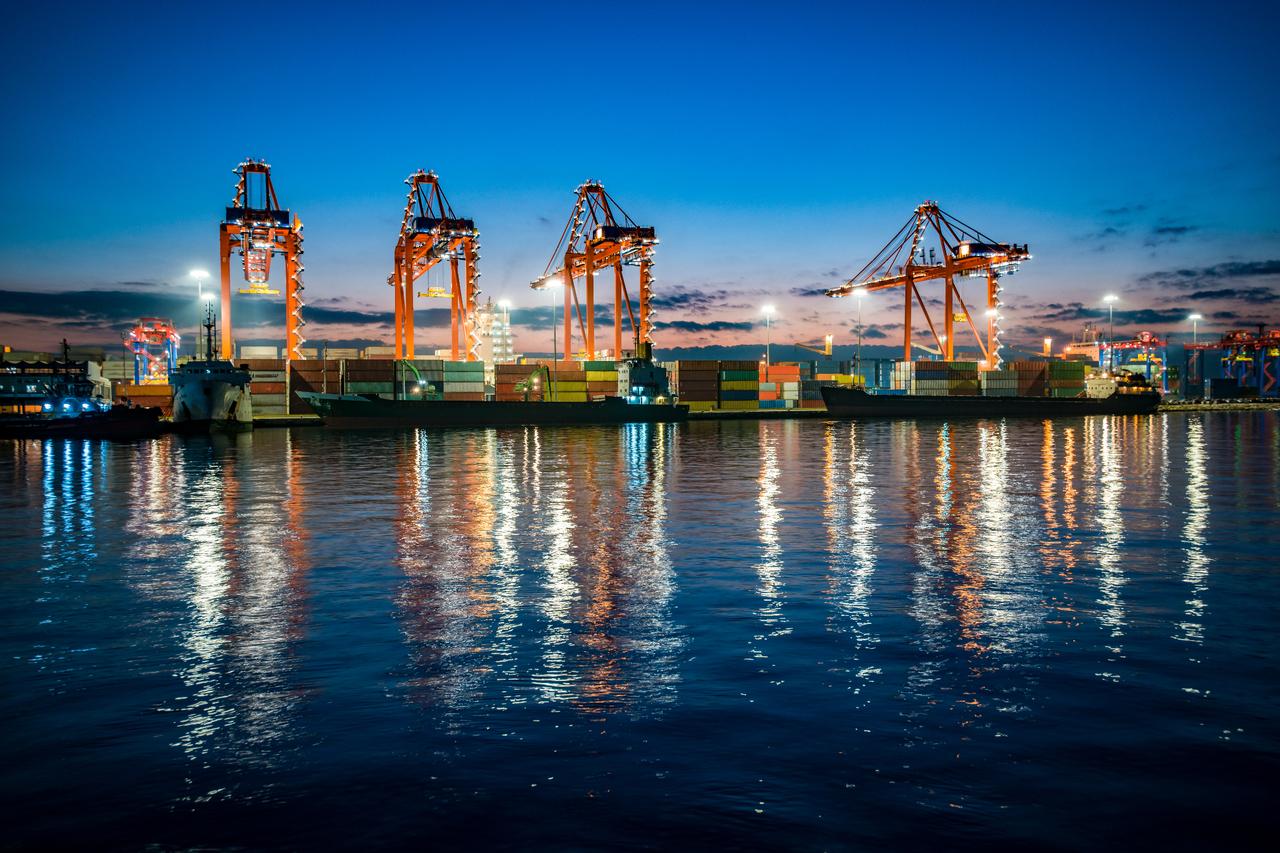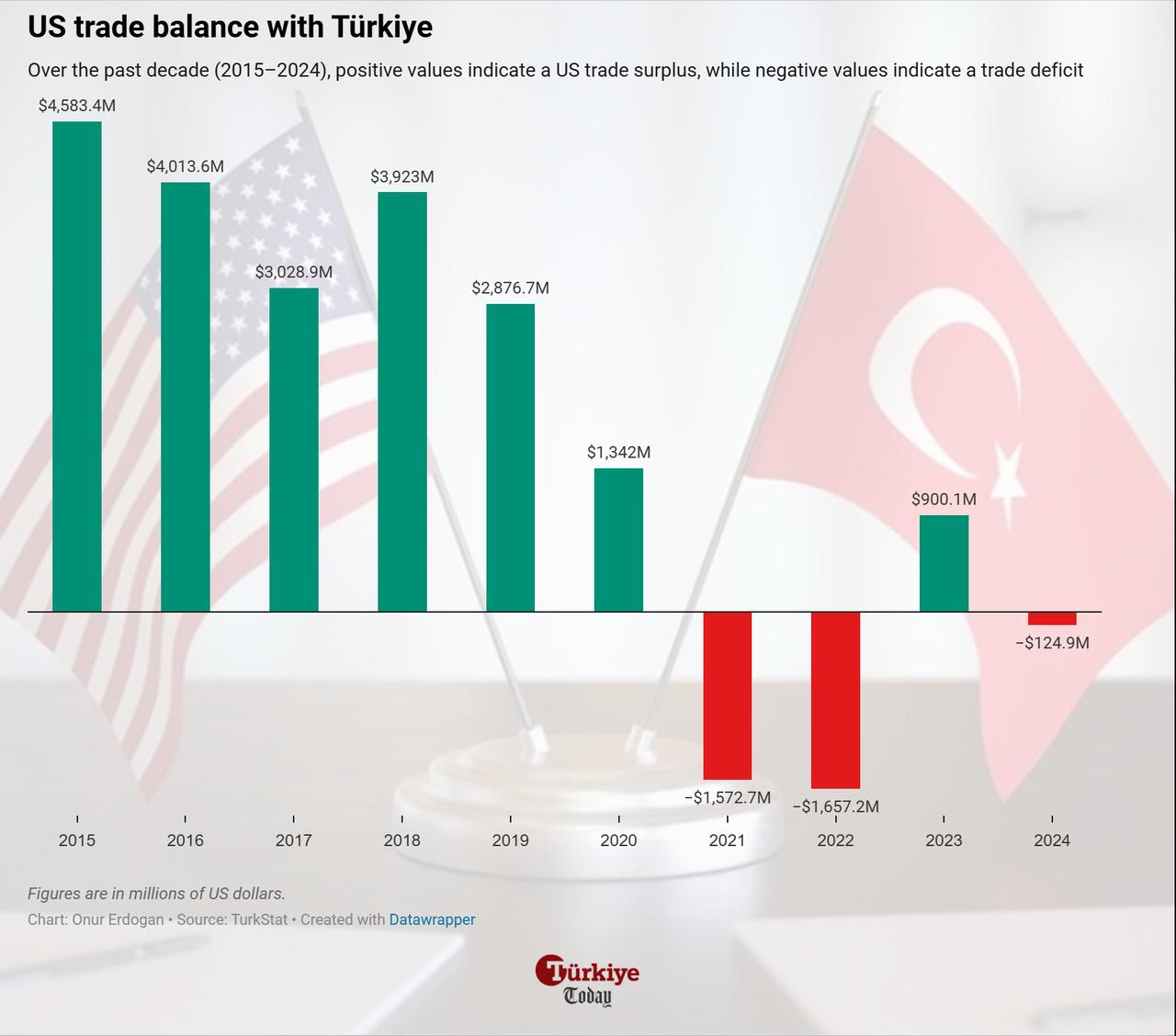
U.S. President Donald Trump announced Thursday that the new round of import tariffs targeting over 90 countries had taken effect, raising the rate for Türkiye to 15%, as the initial baseline rate of 10%—first unveiled in April—has been increased.
The executive order, signed last week and enacted early Thursday, raises tariffs previously set to levels ranging between 15% and 50%, depending on the country.
In his post on Truth Social, Trump claimed that billions of dollars in import duties “will start flowing into the USA,” primarily from countries he said had long “taken advantage” of American trade openness.
The latest wave of “reciprocal” tariffs—framed by the White House as a response to trade practices deemed unfair by Washington—expands upon the measures President Trump implemented in April. While broad in scope, the new tariffs do not apply to sector-specific imports already subject to separate regulatory regimes, including steel, automobiles, pharmaceuticals, and microchips.
In a separate statement, Trump also signaled plans to introduce a 100% tariff on semiconductors, exempting global titans already investing in U.S. manufacturing, such as Samsung and TSMC.
The U.S. trade deficit narrowed by 16% to $60.2 billion in June, its lowest level since September 2023, the Commerce Department reported Tuesday. Exports dipped to $277.3 billion, while imports fell to $337.5 billion.

Türkiye, despite its existing trade arrangements, is still affected like other countries in the 15% tariff bracket alongside the European Union, Japan, and South Korea.
Türkiye was included among the countries subject to the baseline tariffs since its first unveiling in April, due to its relatively balanced bilateral trade with the United States.
In 2024, U.S. imports from Türkiye totaled $16.35 billion while the exports stood at $16.22 billion, bringing the total trade volume to $32.57 billion with an approximate trade deficit of $125 million.
As the Trump administration calculates the rates based on the country's trade gap, which is deemed a trade disadvantage, Türkiye's balanced figures have been shown as the main reason behind the cause.
Türkiye and the U.S. also have a trade volume target set in 2019 by the presidents of both countries, Donald Trump and Recep Tayyip Erdogan.

However, the trade gap is not the only indicator to address tariffs, as Trump threatened to slap stiff rates on many countries, including Russia and Brazil, due to geopolitical tensions.
The tariff rollout coincides with new trade penalties linked to foreign policy decisions. Trump doubled planned duties on Indian goods—raising them to 50%—in response to New Delhi’s continued purchases of Russian oil. The order also includes warnings that similar penalties may be applied to other countries involved in importing Russian energy, which remains a key revenue source for Moscow.
Türkiye, while affected by the new 15% tariff band, was not singled out in these geopolitical provisions.
In a separate move, the U.S. also imposed 50% tariffs on a range of Brazilian products, citing political tensions over the trial of former President Jair Bolsonaro, who is also a political ally of Trump. However, exemptions were granted for Brazilian orange juice and civil aircraft, softening the overall impact.
The implementation of the new tariffs has also reopened questions about the status of recently negotiated trade deals. Japan had expected a reduction in U.S. duties on auto exports, but no date has been set for the change, and Japanese vehicles currently remain subject to a 25% sector-specific rate.
The European Union continues to seek exemptions for certain sectors, most notably its wine exports. A letter from U.S. wine importers recently urged the administration to exclude the sector, noting that wine sales can account for up to 60% of gross margins for full-service restaurants.